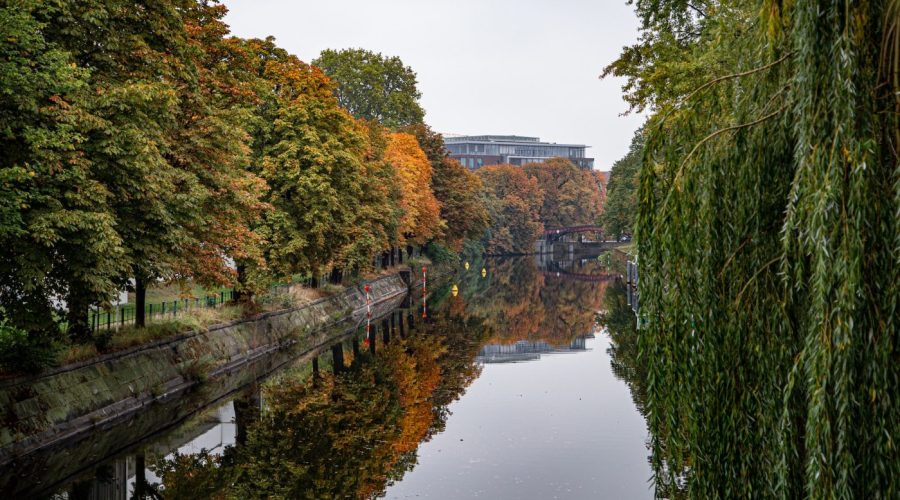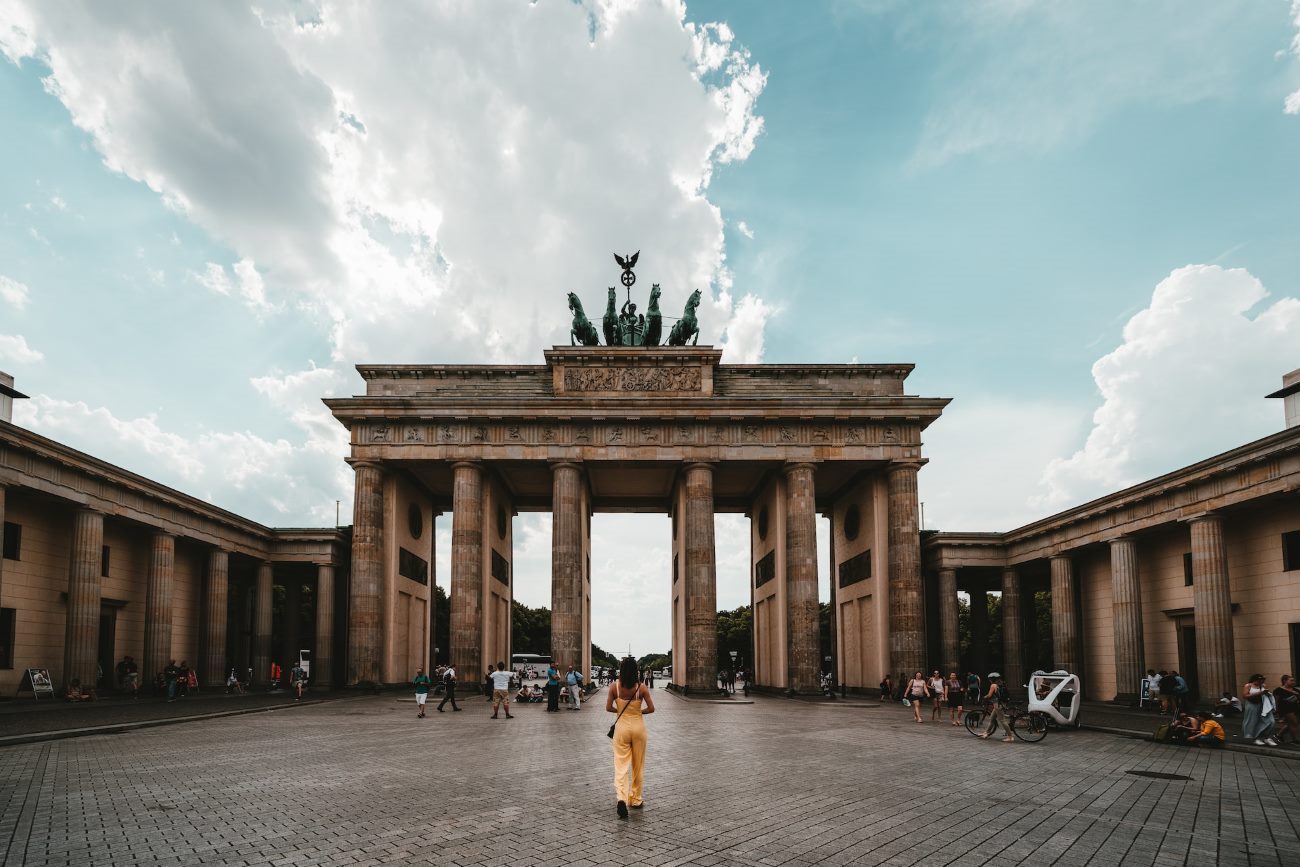What were the concentration camps in Berlin, Germany?
Concentration camps a black and sinister part of human history and played important part in the World War 2. This terrible chapter did not spare Berlin, the capital of Germany. Today however, we would like to take a closer look on the concentration camps in Berlin, Germany, both in regards to purpose and history, as well as why it is so crucial to remember the painful trace of the past.
Understanding Concentration Camps
Concentration camps were camps, were developed by the Nazi government, in Germany was occupied, during World War II. These camps used as places for forced work, imprisonment and mass execution, most particularly against ethnic or religious minority groups, political prisoners, and people unwanted by Adolf Hitler’s regime.
Concentration Camps in Berlin
During the war, Berlin operated a plurality of concentration camps, all of which had specific purposes and histories. Now let’s take two of the most important:
Sachsenhausen Concentration Camp
The Sachsenhausen Concentration Camp on the outskirts of Berlin northwards was one of the earliest and biggest concentration camps established by the Nazis. Used as a mdel for other camps and holding mainly political prisoners, it was constructed in 1936.
Sachsenhausen was a place of unimaginable suffering, prisoners were victims of forced labor, medical experiments, and unacceptable conditions. At the same time, it served as an aversanläge for 1000 SS men who ran other outbreak and murder camps.
Ravensbrück Concentration Camp
Located around 80 kilometers north of Berlin, Ravensbrück was the largest women’s concentration camp for World War II. This camp arrested in the main mostly female captives, in the great quantities of male and female children.
Ravensbrück prisoners suffered brutal oppression, slave labor, medical experiments and cruel living conditions. The camp was liberated in 1945, exposing the crimes that were done under its roof.
Remembering the Past
It is a matter of commemoration of the victims of the concentration camps in Berlin that are linked to the atrocities endured. Through remembering, dotted with the victims and that such occurrences do not recur.
Numerous memorial sites in Berlin like the Sachsenhausen Memorial and Museum have been created to keep the memory alive and to provide education to people for the history of the concentration camps. These sites serve as testament to these tragedies giving people the opportunity to reflect and learn about these tragic events.
Conclusion
Berlin, Germany, concentration camps were places of great suffering, cruelty. Sachsenhausen and Ravensbrück are only two out of many camps that were built in World War II. By acknowledging and remembering of them, we are aiming for a better tomorrow when humanity refuses injustice, shame, and the hate of the world.
Table of Contents



